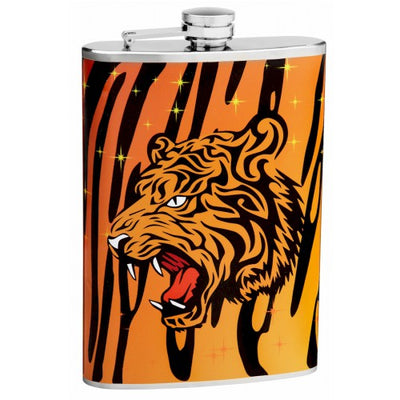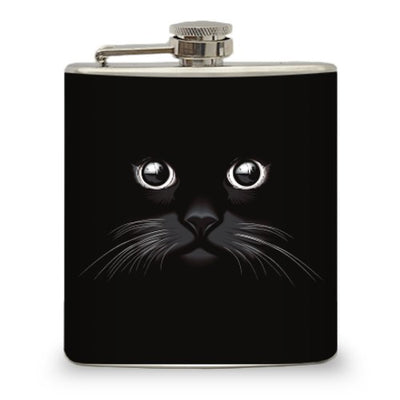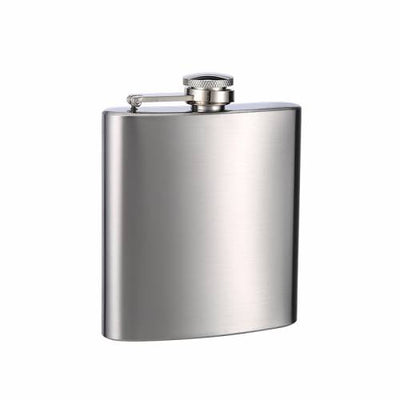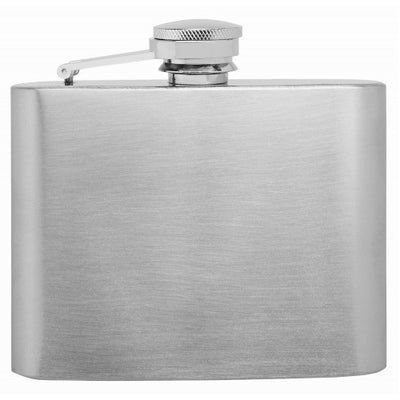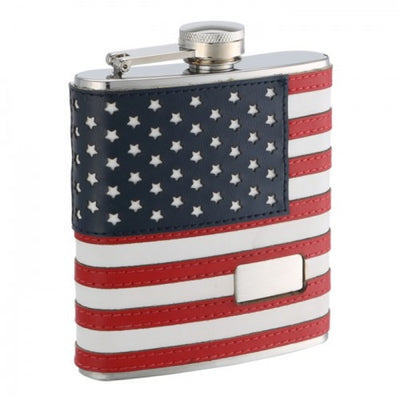Today, we're going to examine:
- Imperial Stout
- Oatmeal Stout
- Chocolate Stout
Imperial Stout, sometimes also referred to as Russian Imperial Stout or imperial Russian stout, is a strong, dark beer, produced by Thrale's brewery in 18th century London, England. This stout-style beer was brewed exclusively for export to the court of Catherine II of Russia. It was characterized by a substantial alcohol content, usually over 9%.
Although the subject of much dispute in the brewing world, there was a time when "porter" was considered an alternative name for stout. Historically, however, there are no differences between the two darker beer types. The term "stout" was actually used at one point to describe a stronger version of porters issued from a single brewery.
When a proportion of oats is added to the brewing process (capped at 30%) the resulting beer is known as an Oatmeal Stout. Although a lot of oats in beer can cause a bitter taste, oats were a common ingredient in ale brewing during the medieval period in Europe, when proportions of 35+% were standard.
By the 16th century, the consumption of oat beers has largely subsided in Europe. Tudor sailors went so far as to refuse oat beer served to them due to the bitter, often astringent character of these brews. That being said, a select few European countries, like Norway, kept oat beers on tap through this period.
Interest in oat beers was revived toward the end of the 19th century, albeit with far less oat content. In the 20th century, the majority of oatmeal stouts contained only a small amount of oats. The name "oatmeal stout" seems to have stuck for marketing purposes more than anything else. Such a small quantity of oats would generally have little impact on the flavor or texture of these beers. Oats do, however, have a significant impact on the texture of the beer. Oatmeal stouts are generally smoother in texture due to various lipids, proteins, and gums inherent of the oats.
There are super dark stouts that have a tendency to share a similar palate to that of high quality dark chocolate. Using darker, more aromatic malt can result in what brewers generally call "Chocolate Stout". Chocolate malt is particularly renowned for being roasted or kilned until it acquires a dark “chocolate” color. These stouts can also present a palate reminiscent of fine mountain grown coffees.
That wraps up part four of the Flasks.com Beer Guide Series. Check back often in order to make sure you don't miss the upcoming installations of the Beer Guide!








